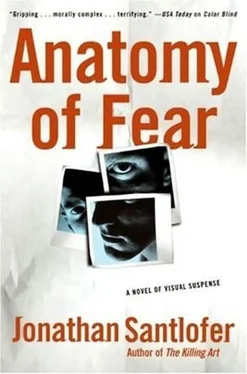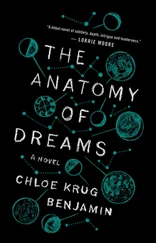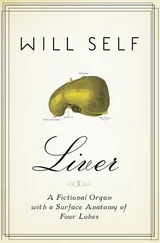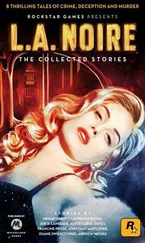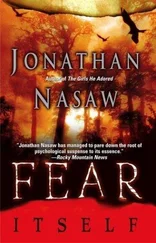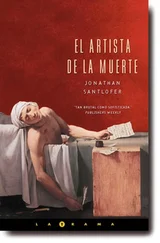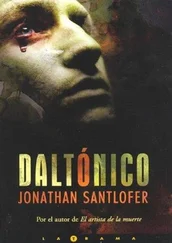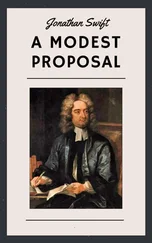“Is there anything you’d like to add?”
It took me a second to realize Terri was talking to me. I cleared my throat and reiterated what I thought was a major point. “You’ve got a killer who’s making portraits of his victims, so it’s obvious he stalked them and chose them for a reason.”
Perez looked up at me with a sneer. “Yeah, I think we know the reason-the racial angle we’re not allowed to talk about because it upsets people.”
“There’s that,” I said. “But I was thinking more about the stalking angle-that the guy had to have watched his victims for some time to be able to draw them.”
“How about telling us something we don’t know?” said Perez. “You spent, what, three days on the street? Too tough for you out there?”
There were smiles teasing O’Connell’s and Dugan’s lips.
Their resentment didn’t surprise me.
“Six months,” I said. “And you’re right, I don’t have the street experience, and I’m not going to pretend I do. But I went through the academy, just like you, Perez. And I spent some time in Washington.”
“Ooh, Washington.” Perez shook his hand like I was hot stuff, and I let him have his fun. For a minute.
“I’ve put seven years into the job. How long have you been on the force?” I asked the question knowing the answer: he’d only been working five years.
“What’s that got to do with the fucking price of tea in China?”
Terri laid her hand on his arm. “This isn’t productive.”
“Productive, my ass.”
“Exactly,” said Terri. “So just make nice, okay?”
Perez opened his mouth as if he was about to say something, but stopped.
I could have said more too, but Terri was right, it wasn’t productive. Still, I wasn’t going to apologize for my lack of street creds. I’d made hundreds of drawings and probably interviewed as many witnesses as he had.
“The unsub’s drawings are obviously his signature,” I said. “And he takes his time.” I was reminded of what had just happened between me and Beverly Majors. “Could be that in the act of drawing his victims the unsub is creating some sort of bond with them.”
“Not that they know of,” said Perez.
“No. Of course not. But that doesn’t matter. Not to him. The relationship is in his mind. It’s the way visual people think, in pictures. It’s a way to see the world and make sense of it.”
“Visual people? You mean crazy people,” said O’Connell.
“In this case, yes.”
“So, you’re suggesting he draws the vics to make a bond with them; but why?” asked Terri.
“Could be his way to see them more clearly, to remember them and chart them. He must see the couples out in public and become fixated on them, the way these guys often do; then he draws them.”
“Why not take their picture?” asked Dugan.
“Because when he draws them he can put them into the poses and positions he wants, imagine them the way he wants to see them-dead. Drawing them is all about his vision of them.”
O’Connell and Dugan nodded. Perez didn’t, but I could see he was listening to what I said.
We kicked that around a few minutes, and the guys seemed to forget I was an outsider, and I had a chance to observe them the way I had Russo.
O’Connell’s face was puffy but slack, probably a result of his constantly hitting a thermos of coffee laced with booze, a tried-and-true muscle relaxant. Perez was the opposite-face taut, upper lip frozen into a permanent sneer. I’d heard he was divorced with two small girls he never saw, which might have accounted for part of the anger. Dugan’s face, drooping upper eyelids and a slightly down-turned mouth, suggested sadness. They were wearing the job on their faces. I looked back at Russo. Her face was all about worry-eyes fixed, brow wrinkled. It reminded me of the way my mother looked whenever my father was late coming home.
“So why kill Rice and not his black girlfriend?” Dugan asked.
“Right,” said O’Connell. “If he’s motivated by race, wouldn’t killing the black girl make more sense?”
“Maybe he doesn’t kill girls,” said Terri. “Maybe he’s got some sort of standard, like it’s not right to kill women and children.”
“A killer with moral standards?” said Dugan.
“They’re all governed by something,” said Terri.
“Still, seems to me that if he was trying to make a point, it’d be easier to either kill the black girl or just choose another black or Spanish guy,” said Perez.
“But that’s because you’re trying to make sense of it,” I said. “We don’t know what making sense means to this guy. David Berkowitz was taking orders from a dog. ”
“Ahhooo!” O’Connell put down his thermos and howled.
We all laughed a minute, then Terri got quiet. “I’ve spoken to Monteverdi in Hate Crimes. They’re going through all the active files, see if they can come up with someone who has any art or design background.”
“I thought this wasn’t a hate crime,” said Perez.
“Well, not publicly,” said Terri.
Terri was going through what seemed like endless microfiche provided by Hate Crimes, active files of individuals and organizations.
The phone rang and it was O’Connell. He’d just heard from his brother-in-law in the Twenty-third, who had just heard from someone who worked in the Fifth.
A body. Down by the old Hudson piers. And a drawing.
The PD had erected a ten-by-twelve tent between the river and the West Side Highway, a hundred yards north of the Chelsea Piers sports complex where a new building had been going up. Outside the tent, there were pilings driven into the earth where they were still clearing out boulders and flattening the ground. All work had stopped, derricks idling, a string of workmen sitting on their hard hats. There were a dozen police vehicles, an EMT, and a Crime Scene van. Cars were slowing on the highway to see what was going on, though uniforms waved to keep them moving.
Terri had called and asked me to meet her here. I showed my temporary badge to a uniform at the entrance to the tent. A CS tech handed me gloves, mask, and disposable bootees.
Inside, Crime Scene was combing every inch of ground like ants at a picnic. The terrain looked as if a minor earthquake had struck, slabs of concrete from the original pier upended by the construction. There was a smell of newly uncovered dirt spiked with something rotten. Behind my mask I was trying not to breathe. The same CS tech who’d given me the paraphernalia at the entrance offered up a Vicks. I lifted my mask and rubbed it below my nose.
I spotted Terri and the ME huddled with her men and some cops I didn’t know across the tent peering over a concrete slab about eight feet long and three feet wide. It was doing a Titanic impersonation, jutting out of the ground at an acute angle.
At first it looked as if the girl were alive, though I knew it couldn’t be possible from the condition of her body. But her face seemed to be moving, eyes blinking. I looked close, immediately sorry. It was maggots. Crawling in and around her eye sockets.
I closed my eyes too late, the image already imprinting on my retina.
“Body must have rolled under the rock after the attack,” said one of the detectives.
“Or the slab was used to hide her,” said another.
“It kept her nice and cool,” said the ME. “That, and being so close to the river.”
“How long has she been here?” Terri asked.
The ME leaned in, kissing distance from the corpse. “I’d guess weeks, maybe even a month or two. Hard to say, the way the body’s been sheltered. It’s all ice under the concrete, like she was in cold storage.” He plucked up a squiggling maggot with a pair of tweezers and dropped it in a bag. “Lab will tell you more once these babies are tested.”
Читать дальше
